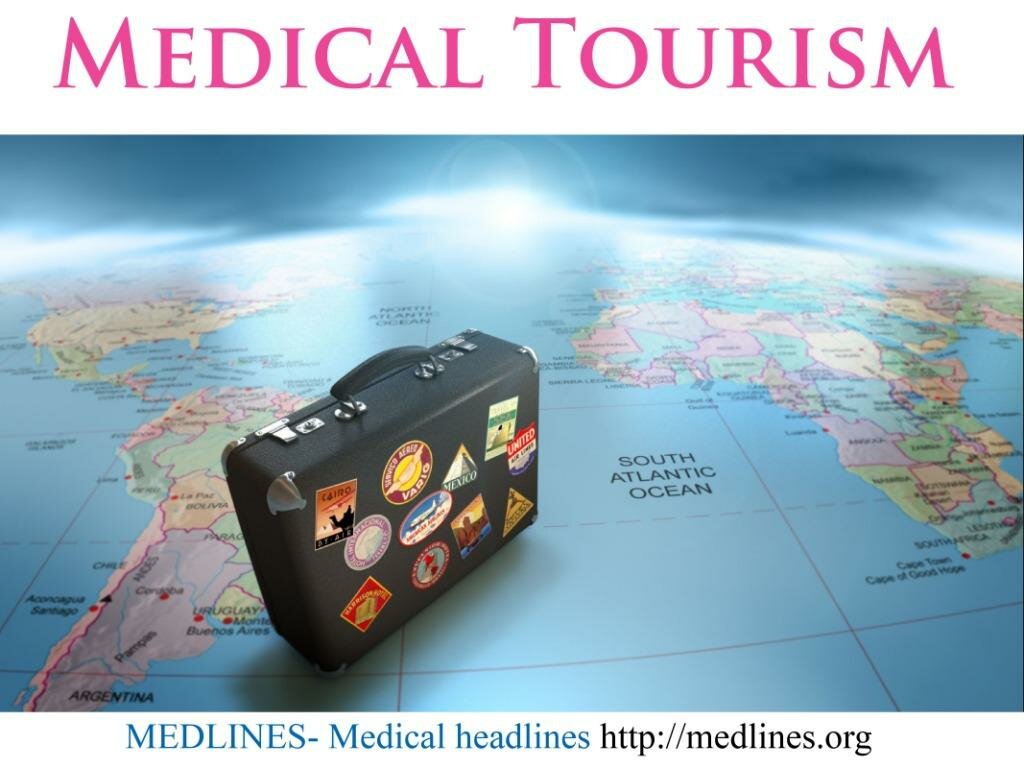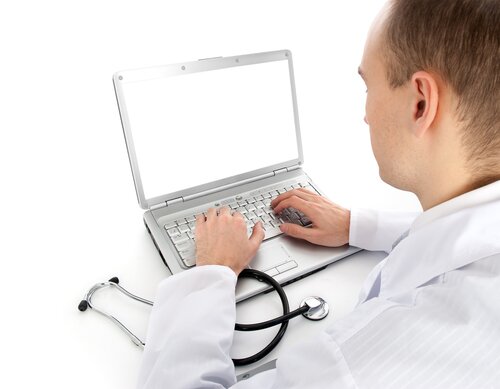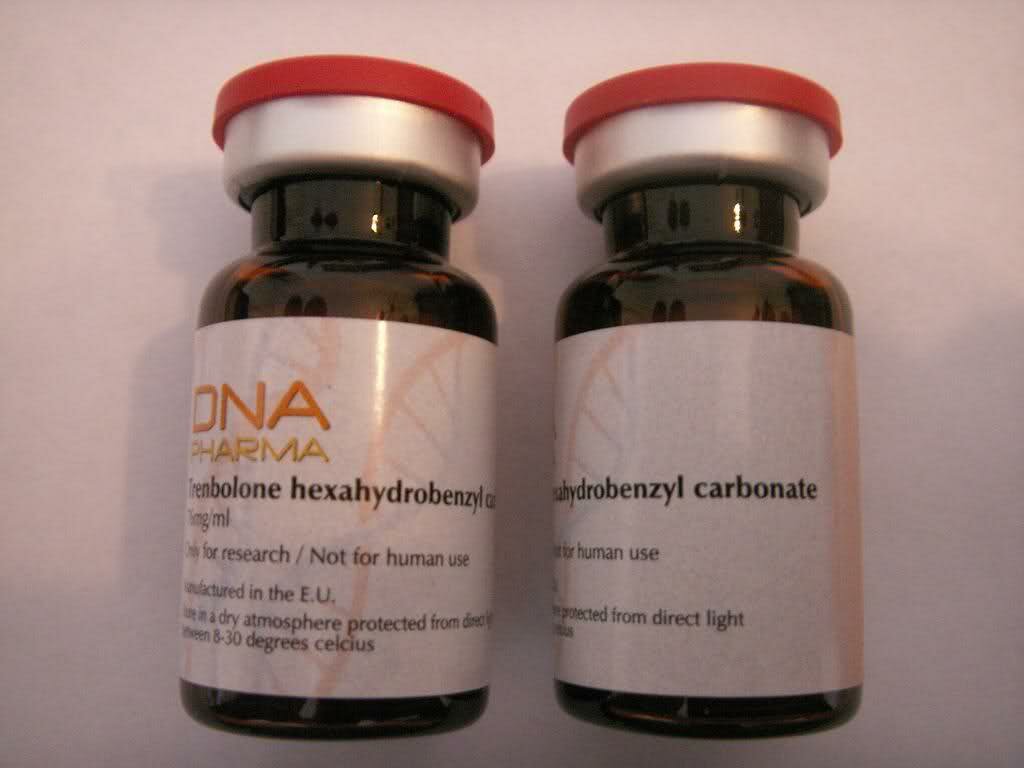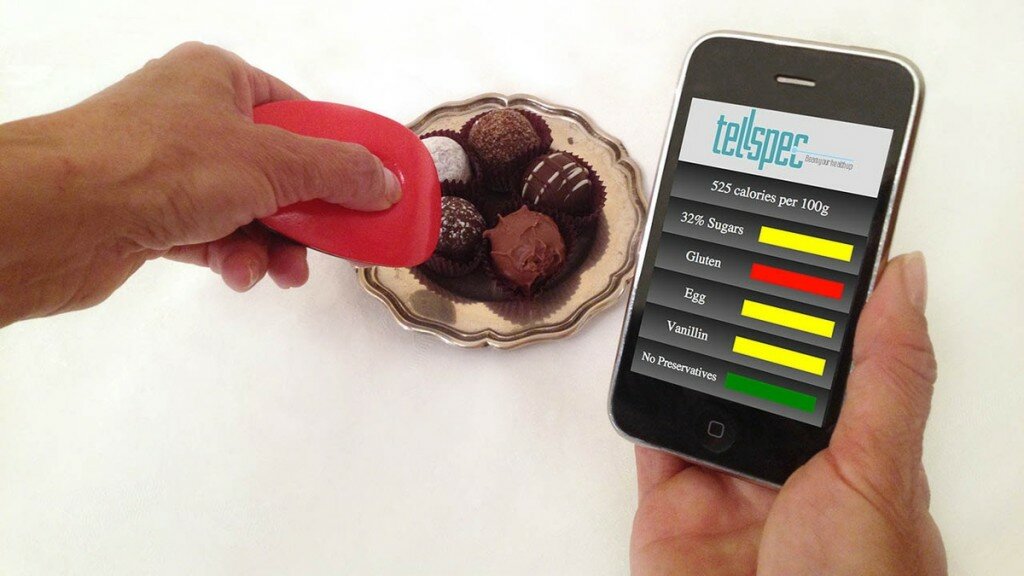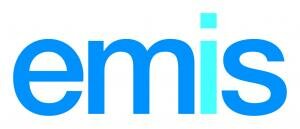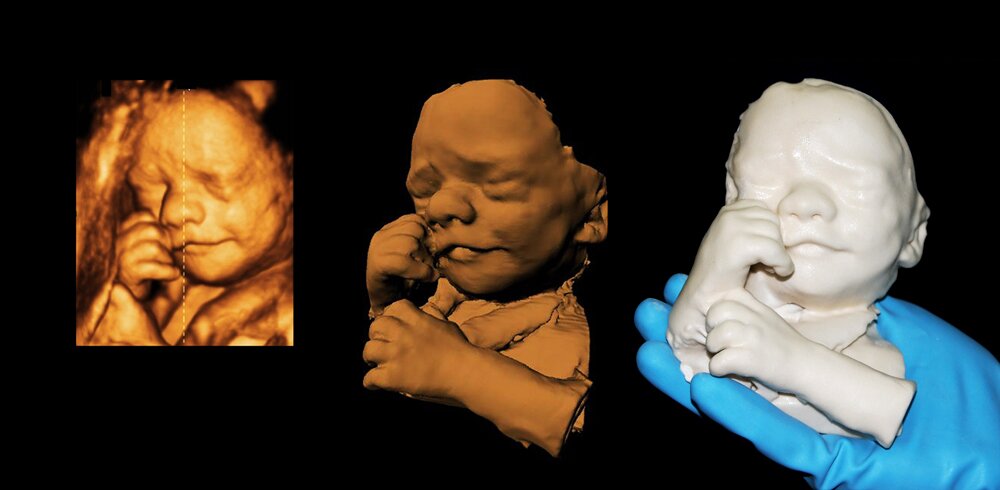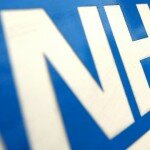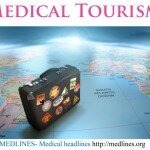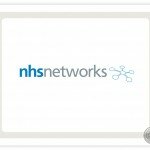Smaller Than Your Phone, This Device Could Keep You Healthy
Isabel Hoffmann‘s daughter fell sick after the family moved to the U.S. from Europe. The 14-year-old’s illness got progressively worse — hives, low blood pressure, tremors and light sensitivity — to the point that she had to drop out of school. To make matters worse, no doctor could determine what was causing the chronic illness.
Hoffmann, a serial entrepreneur who helped launch a preventive health clinic in 2001, took matters into her own hands. She brought her daughter to Dr. Neil Nathan, of Gordon Medical Associates in Santa Rosa, Calif., who’d written a book called, On Hope and Healing: For Those Who Have Fallen Through the Medical Cracks.
Dr. Nathan diagnosed Hoffmann’s daughter with mold toxicity, likely Aspergillus Penicillium, which causes severe allergic reactions and sensitivity to gluten, dioxins and other allergens. “He was dead right,” says Hoffmann. “We went back home and tested the house and learned we had high doses of Aspergillus and Penicillium mold in the bedroom.”
It had taken more than a year for Hoffmann to hear a proper diagnosis and learn the empowering information that could help her daughter get better. The family moved to a mold-free environment and the teenager started a new diet; symptoms vanished, she went back to school and her grades skyrocketed.
“That’s when I thought, “Oh my God, how many people go through life suffering so much? And almost giving up — with Chronic Fatigue Syndrome or Fibromyalgia — and resigning themselves to what they have, without a hope to be better?” says Hoffmann.
Hoffmann put her entrepreneurial skills to work, creating a handheld tool to help people like her daughter better understand their environments and the foods they’re consuming and how they affect the body.
This tool, she decided, “should be able to point at food and tell what food it is — if it has gluten, if it has dioxins — or point at the wall to see if the wall has mold and, if so, what kind. Point at the air we breathe and see if it has pollution, and so on,” says Hoffmann. Her friend Stephen Watson told her, “That sounds like Star Trek — I don’t think that’s a reality possible today.”
But it was, and today, Watson and Hoffmann are business partners on a biotech product calledTellSpec, a spectrometer that can parse the ingredients of whatever you point it at and beam this information to an accompanying smartphone app.
Have an allergy to soy? Are you lactose-intolerant? Do you break out in hives after consuming aspartame? Scanning foods with TellSpec will uncover the hidden ingredients and tip you off to any potential health issues it may cause. Do you have a physical reaction when you eat certain foods, but you’re not sure what’s causing it? Logging your symptoms after scanning food will help TellSpec determine what the culprit ingredient might be.
“If you report to us that every time you have some milk product, you have digestive problems, we’ll probably tell you, ‘It looks like you may be lactose intolerant, please speak with your nutritionist or doctor to confirm this.’ We’re not diagnosing, we are just guiding,” says Hoffmann.

TellSpec was funded on Indiegogo, and it far exceeded its $100,000 goal (currently at $218,000, with five days remaining). While other spectrometers exist on the market already, Hoffmann says joining forces with Watson, a mathematician, meant TellSpec employ mathematical thinking, so the algorithm is smart and can better interpret what it’s scanning. “Our core IP is really the technology, the process. And this is the difference,” says Hoffmann. TellSpec beams a low-powered laser at the food in question, and low-energy photons are then emitted back to the TellSpec’s spectrometer, which sorts the photons by wavelength and determines what chemical compounds are within. The device is expected to hit the market in August 2014 at an initial price of $350-$400, and Hoffmann hopes demand will drive the price down to $50 in a few years.
We eat so badly, because we don’t know. We don’t have the time to really investigate,” says Hoffmann. ”So, when TellSpec says, ‘We found tartrazine (Yellow No. 5) in your food, it’s a yellow food dye that’s forbidden in China and a lot of Europe,’ you’ll wonder ‘What the heck is that yellow color doing in my corn chips?’ It’s there to make it look beautiful and more yellow. But come on, I think our health is more important than that.”
TellSpec is useful for people with allergies to things like soy or nuts — they can double-check that there’s no allergens in their food. It’s also a helpful tool for diabetics, since TellSpec can tell you calories per gram and outline how much fat, sodium and sugar are in a particular item you scan. Down the road, TellSpec will contain a camera so the device knows the volume of what you’re eating, too, and it can accurately indicate that you consumed 67 grams of sugar and 16 grams of fat in a given food. That data is powerful for people who need to be cognizant of what they’re putting in their bodies.
“What has been missing in big data is information about food — information about where this food exists in the world, which people are consuming it, how they’re consuming it, what effect it has, how that food relates to certain pathologies or certain symptoms,” says Hoffmann. “Imagine being able to detect, in countries with huge amounts of contaminants in water and food, that, in fact, the chemicals in the water are actually neurotoxins, and that’s why the area has a high incidence of neurological disorders.” Hoffmann has high hopes for TellSpec, its implications and its potential use cases for global health.
She hopes to build a massive database of food information that could nip potential epidemics — like a Salmonella outbreak or Mad Cow Disease — in the bud, since people would be logging their symptoms in real time. For example, the database could show a spike in gastrointestinal symptoms within a 5-mile radius, a tip-off that something’s amiss in the local food or water.
TellSpec won’t be equipped to scan for microscopic bacteria and viruses by August, but those advancements are on the agenda, which could help TellSpec become a global health tool. (Currently, spectrometer technology is calibrated and designed to check for one or two raw elements, such as salmonella, and the tool doesn’t always care what else is in the food. “It’s not [checking] for every single ingredient, just for the ones people think are of concern,” says Hoffmann. TellSpec aims to be a holistic tool.)
“Imagine having people worldwide scanning their food — all those scans are going to be in our server in the cloud, and they’re going to help other people, because our algorithm will know if we’ve seen this type of mixture already,” says Hoffmann. “We’re looking to build a footprint of food data that then can be correlated with other information — such as the symptoms that a person has after eating certain foods — to improve diagnosis, prognosis and treatments in individual lives.”
Hoffmann says building a greener world with healthier people is the real mission of TellSpec, and data is integral to that mission. “We really have to stop this massive genocide, these chemicals being put in our food and our environment,” says Hoffmann. “We’re killing ourselves, and we’re allowing this to happen.” By providing information about what’s in our environment and how we react to it, TellSpec could help individuals stay healthy and medical professionals provide better health care. “We continue to grow the population, but we don’t focus on the health aspects of raising that population; every single human being born today has a toxic burden equal to or higher than their mother,” she says.
“We have to stop the world from killing itself,” says Hoffmann, who’s banking on the knowledge gleaned from TellSpec’s data to keep us alive and well.
Homepage image: TellSpec
source: http://mashable.com/2013/11/26/tellspec/?utm_cid=mash-com-fb-main-link
Pin It










